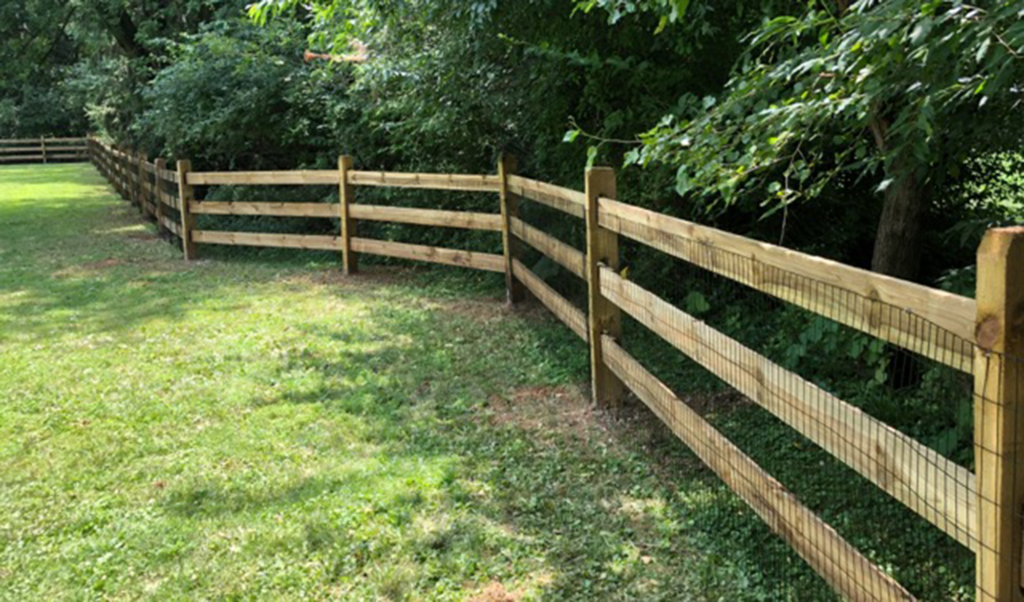
Installing a fence around your property in Leeds can be a rewarding and practical DIY project. Not only does it enhance your property’s security and privacy, but it also adds aesthetic appeal and defines your boundaries. However, taking on a fencing project requires careful planning, preparation, and execution. In this comprehensive guide, we will provide you with valuable tips and tricks to help you successfully install your own fencing in Leeds. So, grab your tools and let’s get started!
Planning and Preparation
1 Survey Your Property
Before diving into the installation process, conduct a thorough survey of your property to determine your exact boundary lines. This step will help you avoid any future disputes with your neighbours. Use a land survey or consult with a professional fencing company Leeds if needed.
2 Check Local Regulations and Obtain Permits
It’s essential to research and understand the local regulations and guidelines regarding fence installation in Leeds. Check with your local council or visit their website to find out about any specific requirements or permits needed for your project.
3 Select the Right Fence Type
Consider the purpose of your fence—whether it’s for security, privacy, or aesthetics—and choose the appropriate fence type accordingly. Common options include picket fences, chain-link fencing Leeds, wooden fences, and vinyl fences. Each has its own advantages and disadvantages, so weigh your options carefully.
4 Measure and Mark Your Fence Line
Accurate measurements are crucial for a successful fence installation. Use a measuring tape and stakes to mark the fence line. Ensure the measurements are precise, and use string or chalk lines to guide your installation.
Gathering Materials and Tools
1 List of Materials
Make a comprehensive list of all the materials required for your fence installation project. This may include fence panels, posts, gravel, cement, screws, nails, hinges, latch, gate hardware, and any additional decorative elements.
2 Tools for the Job
To tackle your fence installation with ease, gather the necessary tools such as a post hole digger, shovel, level, tape measure, string, chalk line, circular saw, drill, hammer, wrench, and safety equipment like gloves and goggles.
Step-by-Step Installation Guide
1 Clear and Prepare the Area
Clear the fence line of any vegetation, rocks, or debris. Level the ground if necessary, removing any uneven or obstructive elements that could hinder the installation process.
2 Mark and Dig Post Holes
Using the marked fence line as a guide, dig post holes at regular intervals. The depth and diameter of the holes will depend on the height and type of your fence. A post hole digger makes this task easier and more efficient.
3 Set Fence Posts
Place your fence posts into the prepared holes and make sure they are level and aligned. Pour gravel or concrete around the posts to secure them firmly in place. Follow the manufacturer’s instructions for the appropriate curing time if using concrete.
4 Install Fence Panels
With the posts securely set, it’s time to install the fence panels. Attach them to the posts using appropriate screws or nails, ensuring they are level and evenly spaced. Use a level to ensure the panels are straight and plumb.
5 Install Gates and Hardware
If your fence includes a gate, install it according to the manufacturer’s instructions. Attach hinges and latch hardware securely, allowing for smooth opening and closing. Make any necessary adjustments to ensure proper alignment.
6 Finishing Touches
Inspect your fence for any loose screws or nails and tighten them as needed. Apply any desired finishing touches, such as paint or stain, to protect and enhance the appearance of your fence. Follow the manufacturer’s instructions for the chosen finishing method.
Maintenance and Care
1 Regular Inspections
Periodically inspect your fence for any signs of damage, wear, or loose components. Address any issues promptly to prevent further damage or deterioration.
2 Cleaning and Repairs
Clean your fence regularly to remove dirt, debris, and mildew. Depending on the fence material, use appropriate cleaning methods such as power washing, scrubbing, or gentle detergent solutions. Repair any damaged sections promptly to maintain the fence’s integrity.
3 Weather Protection
Protect your fence from the elements by applying weather-resistant coatings or sealants. This will help prevent rotting, warping, or discoloration, extending the life of your fence.
By following these tips and tricks, you can confidently embark on your DIY fence installation project in Leeds. Remember to plan carefully, gather the necessary materials and tools, and proceed with patience and precision. A well-installed fence not only enhances your property’s security and privacy but also adds value and curb appeal. Enjoy the sense of accomplishment as you admire your beautiful and functional fence. Happy fencing!

